Canoe camping gear checklist, is a comprehensive and amazing outdoors pack list that can be used for exploring or as a car camping list. Canoe camping can bring you closer to nature and also bring you into a quiet state, a little paradise on earth.
However, if you don’t take along the right gear (too little or excessively), it can possibly become the longest journey you ever experienced in your life. The checklist covers a wide range of trips where you will travel by a canoe.
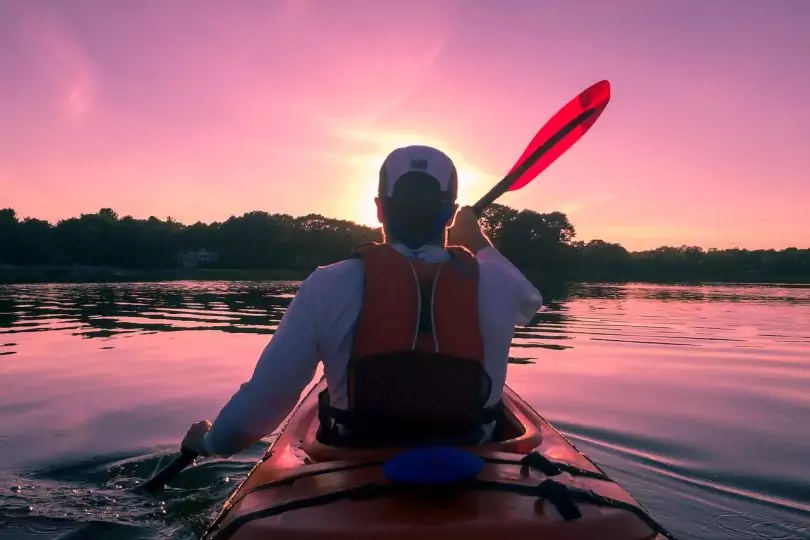
On a few trips, you may need to cross a lake in order to camp at a segregated campground. On some other trips, you may have to move camp each day, as you paddle down a river or from lake to lake. In this article we are going to give you a detailed list of the basic categories of items you will need to bring on your canoe camping trip. So read on!
Things to Consider Before Packing Your Canoe Camping Gear
Moving from a place to another, in a kayak or canoe, with your outdoors gear aboard, grounding your craft and pitching camp. The allurement in canoe outdoors is to take along everything that your canoe will be able to carry. Canoe outing, as other recreational events, requires a specific amount of gear. However, the sum that is completely essential might be short of what you think.
All you actually need is a canoe, food, clothing, and shelter. When looking for gear, you have to always remember these essential categories and resist the enticement to secure gadgets of far-fetched need. It is also needful to always remember that what you take is definitely what you carry.
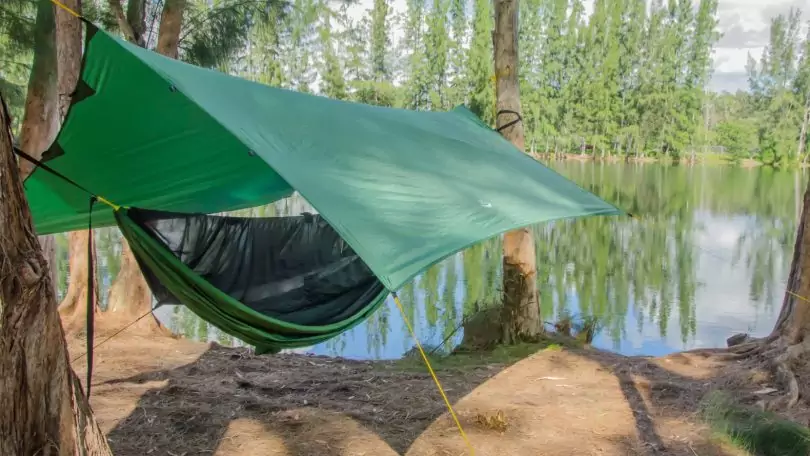
Great gear can be costly, and if you’re not planning on doing a lot of kayak tripping, you may want to rent the essential gear. You need to be careful as regards to what you choose to take into your canoe. A lot of canoe 16′ or more will carry a large number of equipment, if you need to set aside the opportunity to move it from the kayak to camp and back. In case you are lake camping and planning on staying in a similar area, this issue is less.
However, on the off chance that you are moving from one site to another, keep in mind that you need to empty and reload all that you choose to take along, at least twice every day. If you own one or two portages, that effort duplicates. Portages are not well-known for their simplicity of docking and emptying.
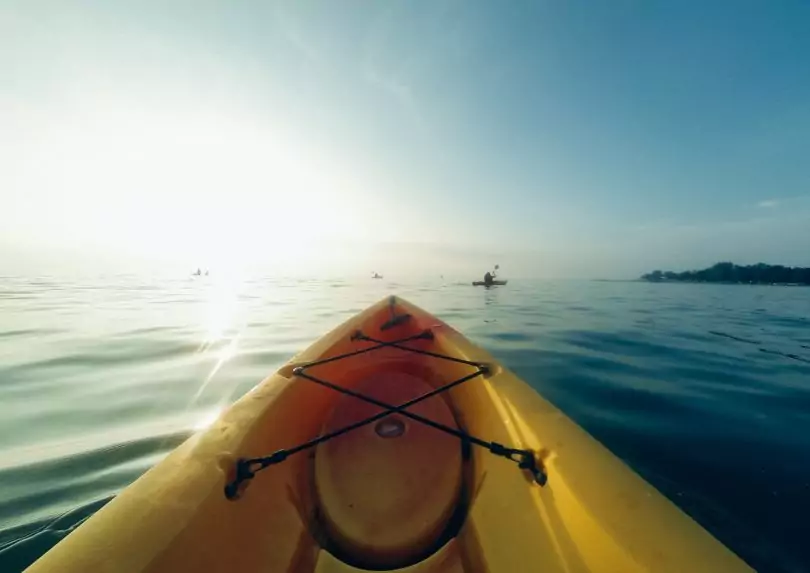
All things considered, the reason you are escaping your great dry, comfy vessel is the landscape has presented a snag in the docile passage of your stream or river. Or, then again that gentle passage has stopped altogether, in case you’re moving from one lake to another.
Surely you can convey a 30-pound cooler in your kayak, no issue. But the issue is if you are planning on taking it a mile and above or, over a precarious, wet, elusive, portage. Reconsider, pack wisely, maybe somewhat more lavishly than backpacking.
Make sure you pack all your equipment in your camping canoe. After that, take everything out and take it all over the block, recreating a portage. Bear in mind to take the canoe too. Then pack it again in your kayak.
And leave anything you did not have the strength or inspiration to take all over the block. Keep in mind that portages exist due to the fact that there isn’t still water from the take out spot to the put in spot. Quite often there’s a change in elevation.
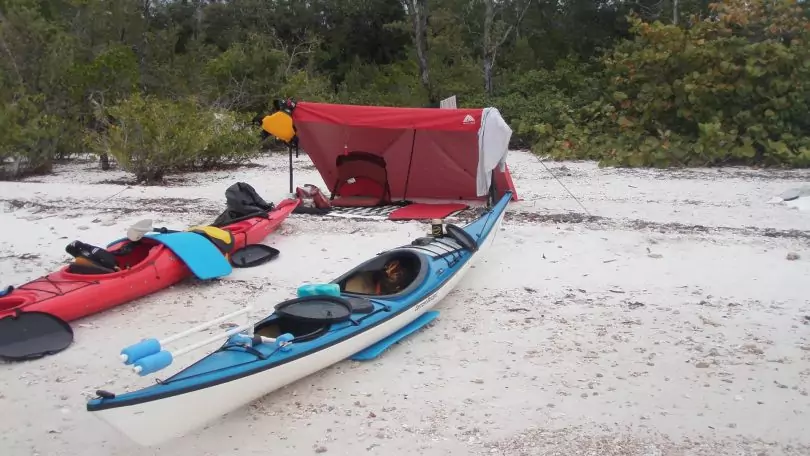
The trail will usually be well-voyaged meaning if it is raining, it will be sloppy and elusive. There are certainly resting points on the way. Finally, you need to carefully consider the gear you want to pack before embarking on your canoe camping trip, for this will save you from carrying irrelevant luggage in your canoe. Read on to know the basic gears that are required to be in your canoe camping checklist.
Basic Categories of Gears to Include in Your Canoe Camping Checklist
This checklist is separated into different categories. On any canoe camping trip, you require a canoe and canoe equipment, safety requirements, tents, sleeping bags and mattresses, clothing, kitchen gear, backpacks and so on. With the right equipment on board, it will be a great experience. We are going to take you through these categories one after the other.
Canoe and Canoe Equipment
Canoes appropriate for tripping fall into the 4.5-5.5m (i.e. 15-18 feet range). The wider and longer the canoe is, the more weight it will have the capacity to carry securely. There are various materials, going from the customary canvas-shrouded cedar to a wide assortment of present-day synthetics, used to build canoes. Nonetheless, it is the quality of construction and design that differentiate a poor canoe from a good canoe.
Keep in mind that you will need to carry take your canoe over various portages throughout your outing, and so the balance and weight are vital. Your canoe need to be very light as it could be, some place around 20-30 kilogram; anything more than that means unnecessary work on the portages.
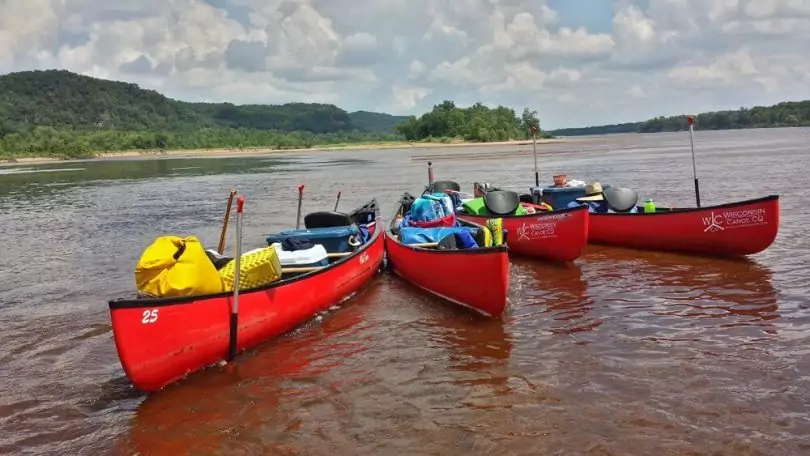
The middle upset (crossbeam) must be situated appropriately at the balance point so as to ease the ease of carriage, of the canoe. It should likewise be emphatically built since it will bear the heaviness of the kayak on the portages.
Paddles come in various sizes, shapes and materials. Individual experience will eventually figure out which you prefer most. However, one general guideline that most people find helpful is that the paddle is required to be at least the stature of your jaw. Wide paddles may draw more water, a critical component for the racer, however, will turn out to be more tiring to utilize on a long outing. Paddles are required to be utilized just for the reason for which they were made. Keep in mind that a paddle may break, so having an additional one is recommended.
Tents
A tent is a basic need because it offers protection against rain and creepy crawlies. Canoeists of nowadays utilize lightweight nylon camp tents with collapsible aluminum poles and a floor. Another basic design component in kayaking tents, is the breathability feature, permitting moisture content from your breath to get away. Safeguard against the rain, is accomplished by suspending a water-resistant “fly” all over the tent.
Given these fundamental elements, there is still a wide range of tent designs available on the market, going from basic “A” frames to composite, self-supporting arches. The decision of the design is generally a matter of individual inclination. However, it is insightful to pick a tent that might be effectively set in a small space.
A tent that is properly cared for will keep going for a long time. When loading a tent, ensure that you expel any stones or twigs, as a sharp twig can effortlessly penetrate and tear a tightly packed tent. If you need to pack a camp tent when it is in a wet state, make sure you give it a chance to dry before storing it for a long time.
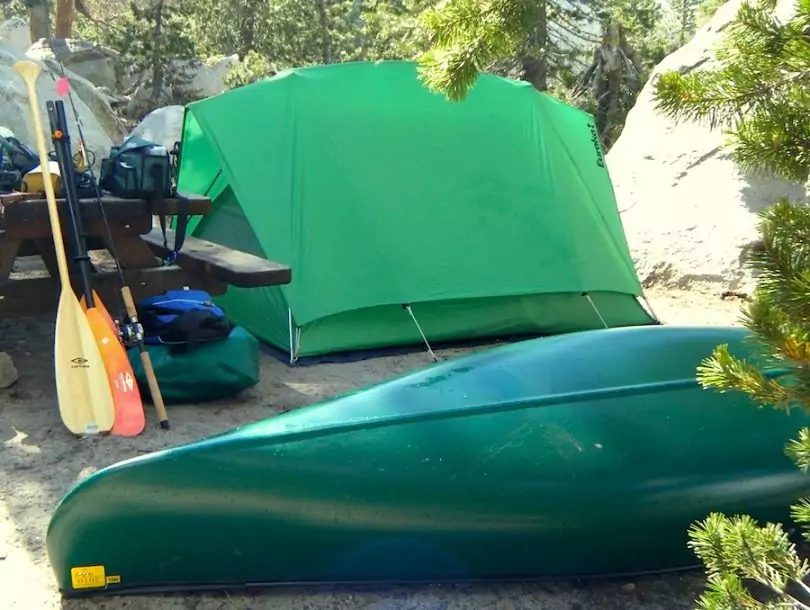
Lifejackets and Other Safety Requirements
You are in charge of equipping yourself, operating your boat securely, and guaranteeing the wellbeing of those on board with you. For canoe not more than six meters long, you need to own the following: a personal flotation gadget or lifejacket of suitable size for every individual on board; one floaty hurling line of not less than 15m long; one manual pushing gadget (e.g., paddle), an anchor with at the very least 15m of cable, chain or rope in any blend; one metal or plastic bailer (no less than 750 ml), one manual water hose and pump which can attain bilge and release over side of the canoe; a sound-flagging gadget (like a whistle); route lights that meet relevant models, if craft is worked after nightfall and before dawn or in times of confined visibility.
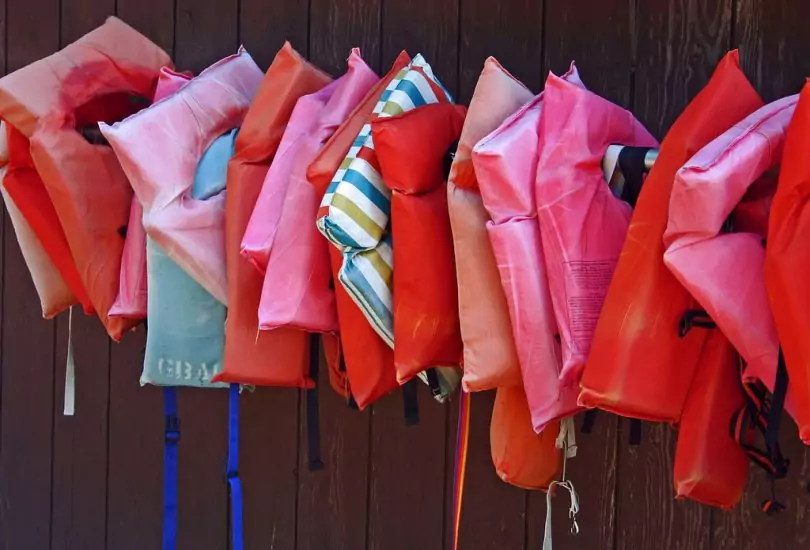
Mattresses and Sleeping Bags
After an intense day of paddling, you need a good night’s rest, and require it if you expect to proceed with the following day. Almost any sleeping bag will give sufficient warmth, but its bulk and weight must be taken note of. In early fall and spring, ice can be a real plausibility around evening time, and in such climate, the construction and design of a sleeping bag are critical.
Warmth is created due to the thickness of the insulation of the bag. The perfect insulator should be light and effectively compacted to give a little, light bundle when compressed, and a thick layer when lightened up. Synthetic fibers and water fowl down are the best materials accessible at this point. Down packs more promptly and is lighter compared to synthetics, yet is extremely costly and has the additional detriment of tangling and losing the majority of its insulating features when it is wet.
Nylon, being strong and light, is a perfect cover for resting bags, however, how the internal and external shells are linked are imperative. Wherever the two layers are stitched straightforwardly together will bring about a frosty spot. To prevent this issue, the chambers that hold firm the fill are covered in better quality packs. The zipper is also another potential chilly spot and need to be supported by an insulated fold.
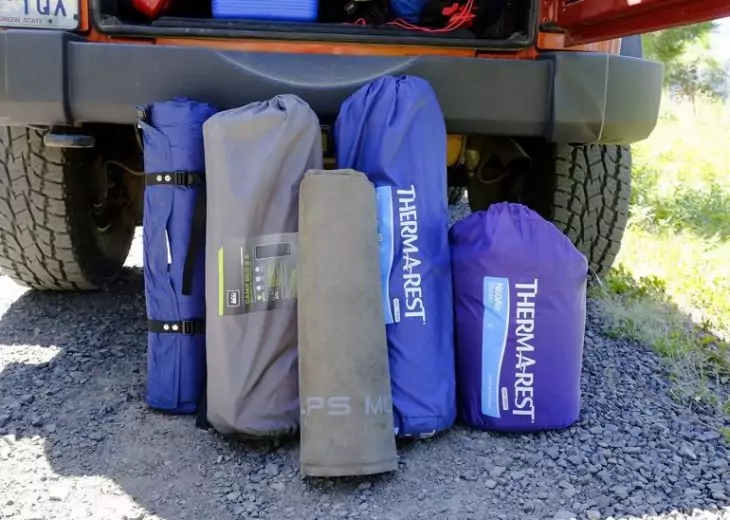
Clothing
A cautious choice of dress can greatly diminish the bulk and weight you will take along. Baggy clothes allow proper ventilation and freedom of movement, and they are additionally the most comfortable clothes. Clothes with light hues are best since creepy crawlies appear to be pulled in to dark hue clothes, particularly blue.
A typical clothes may comprise of a shirt, long-sleeved shirt (for security against sunburn and bugs), a down vest or heavy wool shirt for warmth, and water-repellent, windproof external shell. These clothes would all be worn immediately for the enough warmth, and could be removed as the day turns out to be hotter.
For your lower body, some jeans (something that will dry effectively), and some shorts (or a swimming outfit) will be good. Long underwear is essential for additional warmth or also as sleep-ware on cooler evenings. A wide-brimmed cap is the perfect security against the sun.
Safeguard against the rain is vital, especially late in the period when temperatures start to drop. A raincoat, comprising of jeans and a coat, is the ideal approach to get complete security. Tragically, a waterproof suit likewise keeps sweat from getting away so make sure you try and obtain one that has great ventilation.
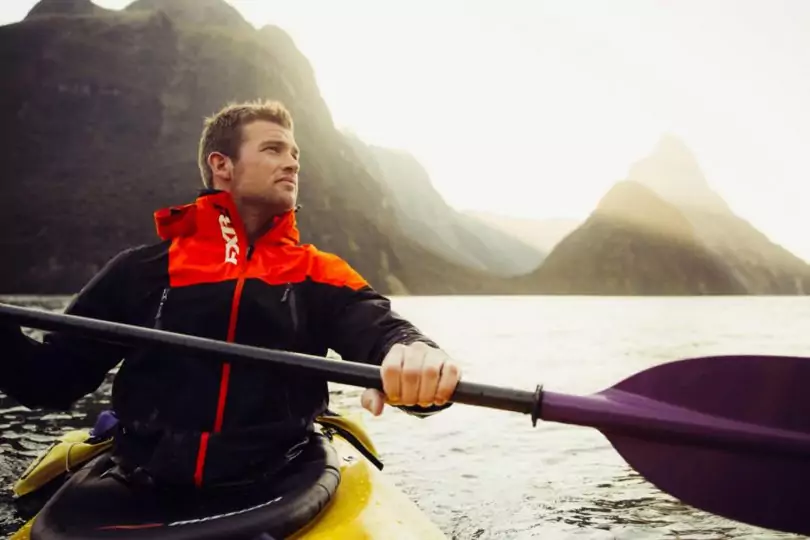
Stoves and Cooking Utensils
Nowadays, a lot of canoeist like to cook over little, lightweight stoves (below 1kg, with fuel), the type that hikers have been utilizing for a long time. They diminish the time spent, and the harm done, in hunting down firewood, and the inconvenience and delay required in attempting to sustain a fire on an icy, sodden morning.
A cooking stove makes it simple to prepare food for lunch, or mix some tea toward the finish of a long portage – the thing that a couple of canoeists that has no stove would consider doing. The good thing is that the stove burns with a spotless flame and won’t darken your cooking pots.
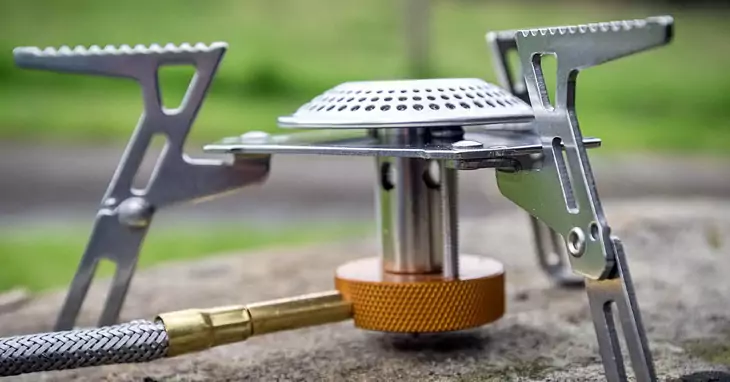
Fuel or butane stoves are most regularly utilized by canoeists and explorers. Butane stoves, with their expendable fuel cartridges, are more advantageous to use in the mid-year, yet hard to start-up in frosty temperatures or in limited fire zones; and please keep in mind that the vacant cartridges must be packed out and discarded at your nearby perilous waste facility.
Gas stoves are good for year-round usage and require less costly fuel known as naphtha. It is a smart thought to test-run your cooking stove at home before embarking on your journey. Ensure that you follow the producer’s directions when utilizing your stove, and never utilize it inside your sleeping tent.
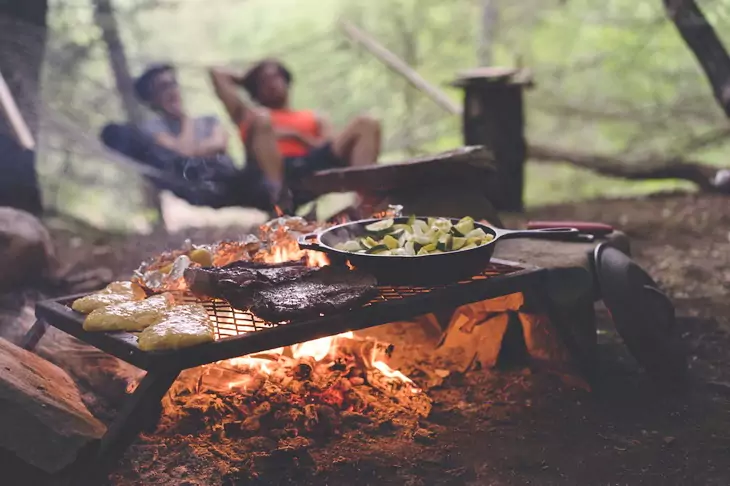
Cooking utensils should be simple and few. Most canoeists take along nesting cook-sets of a few pots, and a bowl, spoon and cup for each person, a small funnel or a pouring spout, scouring cushions, biodegradable cleanser, a dish material, and a plentiful provision of matches in a waterproof holder.
The Etceteras
The Etceteras, are various little gear items that you need to take along, but are pretty much easy to overlook. A first aid treatment kit is essential; at least yours need to contain gauze cushions, wraps, antiseptic, surgical tape and any individual medication that might be needed. Bug repellent, bathroom tissue, hand-soap, toothbrush, and other individual things should be on your checklist.
Strong nylon rope for the purpose of hanging food far from bears, fixing a clothesline, and various other camp tasks are likewise essential. Additional matches in a waterproof compartment and a pocket flashlight will prove to be useful. A little pocket knife is likewise a useful gear; the extensive belt-blades may look amazing, but since you won’t encounter much dangerous circumstance, they are irrelevant.
A straightforward repair kit comprising of electrical tape, a short wire piece, safety pins and a little pair of pliers will allow you to deal with most issues that may come up your gear. People utilizing fiberglass kayaks might need to incorporate an appropriate fiberglass fix kit; those utilizing canvas kayaks may wish to include waterproof glue and canvas to their repair pack.
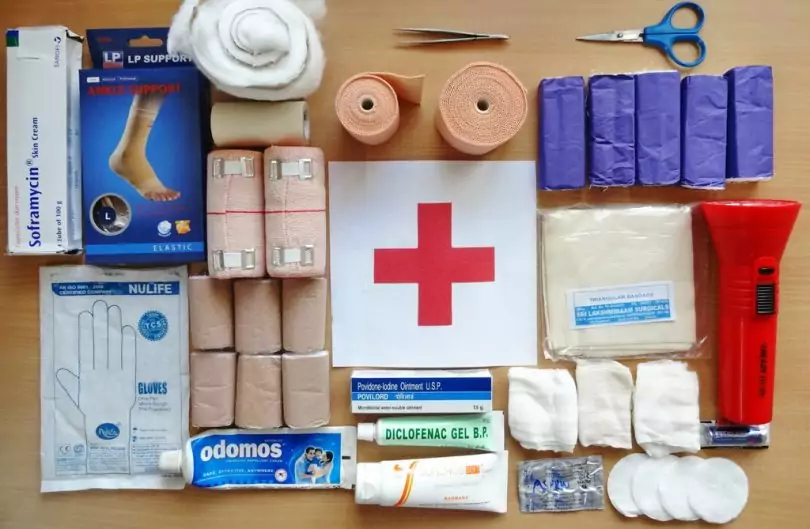
Backpacks
All your equipment must be conveyed on your back over each portage, unloaded, and repacked at each campground, and brought into and out of the kayak quite often. So, your decision regarding packing, and the way you pack it, can have a major effect on the simplicity and effectiveness of your canoe trip. So if you are searching for a great backpack, one that is good for canoeing, hiking, or skiing, you need to consider one of the huge internal-frame backpacks. Make sure your backpack stays dry, so read on our article on the best waterproof backpacks to learn more.
High-quality materials, modern design and a complex saddle framework combine to create a scope of packs that can deal with heavyweight loads are still quite easy to convey. A huge, cushioned midsection belt, linked to the inner frame, exchanges a large portion of the weight to the hips, giving more noteworthy flexibility of movement and good balance. However, each producer may incorporate a substantial assortment of different elements, any of these backpacks will carry out the task.

You need to pack so that the essential things, for example, rain gear and snacks, are in close reach. Imperative things, for example, the first aid treatment kit, should be in a constant location and must be known to all individuals from the gathering.
Backpacks, in an assortment of colors, make it simple to sort out your outfit so that each item might be found in a rush. In the event that you set aside the time to build up a packing system that functions admirably for you, and use it always, the amount of time used in loading and unloading can be significantly diminished.
Food
The travelers of yesterday relied upon such easy fare such as flour, salt pork and beans; later, there was the season of canned products which left heaps of corroded tin jars at each campground. Today, bottles and cars are restricted in the Park Interior, yet the option of appropriate food for canoe outings is really more noteworthy than whenever before.
When arranging a menu for a canoe trip, there are various factors that need to be considered. Due to the expanded physical movement, appetites have a tendency of growing; so, the food you consume needs to be highly nutritious, and in adequate amount to fulfill the more covetous individuals from your gathering. Since you will take along all your food stuffs for the whole canoe trip, it should be non-perishable and light weighted.
Simplicity of preparation and flavor are additionally essential factors to take note. After a hard day of paddling the canoe, you will anticipate a top notch dinner that can be set up with less effort such as egg, bacon, ham, bread, oatmeal, tacos, spaghetti, beef stew and so on. For tips on the best food for backpacking, see our article on this useful topic.

Drinking Water
Two kinds of disease-causing bacteria might be found in an untreated water. These are: giardia (otherwise called “beaver fever”) and cryptosporidium (otherwise called “crypto”). These bacteria can result into intestinal sickness if not expelled from water.
So you need to include a chemical disinfectant, such as chlorine, in your gear checklist. This chemical disinfectant should be added to your water after the filtration process in order to properly execute any infectious viruses and bacteria that might be present in the water. Here’s our piece on how to use bleach to purify your water, it’s a must-read.
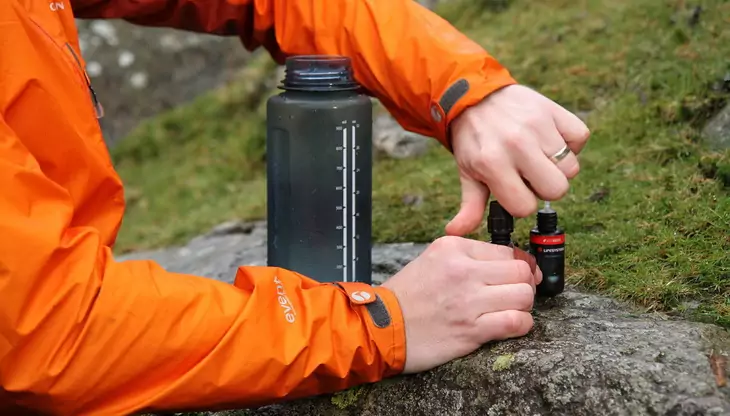
Concluding Thoughts On This Topic
Planning an overnight canoe trip can really be much fun. A properly arranged trip includes research, discussion, and packing. Making sure that you are well packed before setting off for your canoe camping trip is important. Nothing is more baffling than reaching your campsite only to know that you have left behind a vital gear required on the trip.
That is the reason why a canoe camping gear checklist can be the contrast between being completely prepared or leaving behind something that is critical to your trip. Although we would consider this checklist to be complete, but you can still make adjustments, based on your inclinations with exceptional consideration regarding the weather condition you will encounter on your trip, the kind waters that are being travelled, and also the length of your canoe trip.
If you’ve been wondering what’s the difference between a kayak and a canoe, see our previous post to find out. It will help you choose what to do on your next adventure.
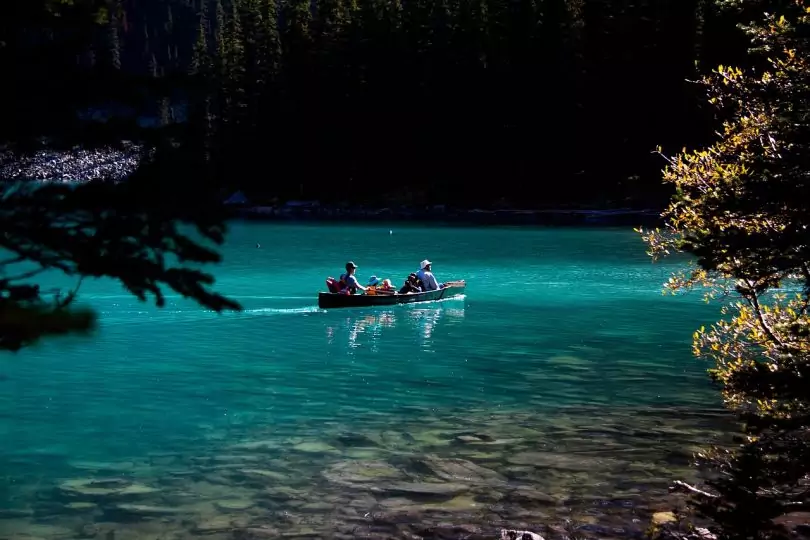
Would you love to share some experience on your last canoe camping trip? If yes, we would love to hear from you! You can leave us a comment below.

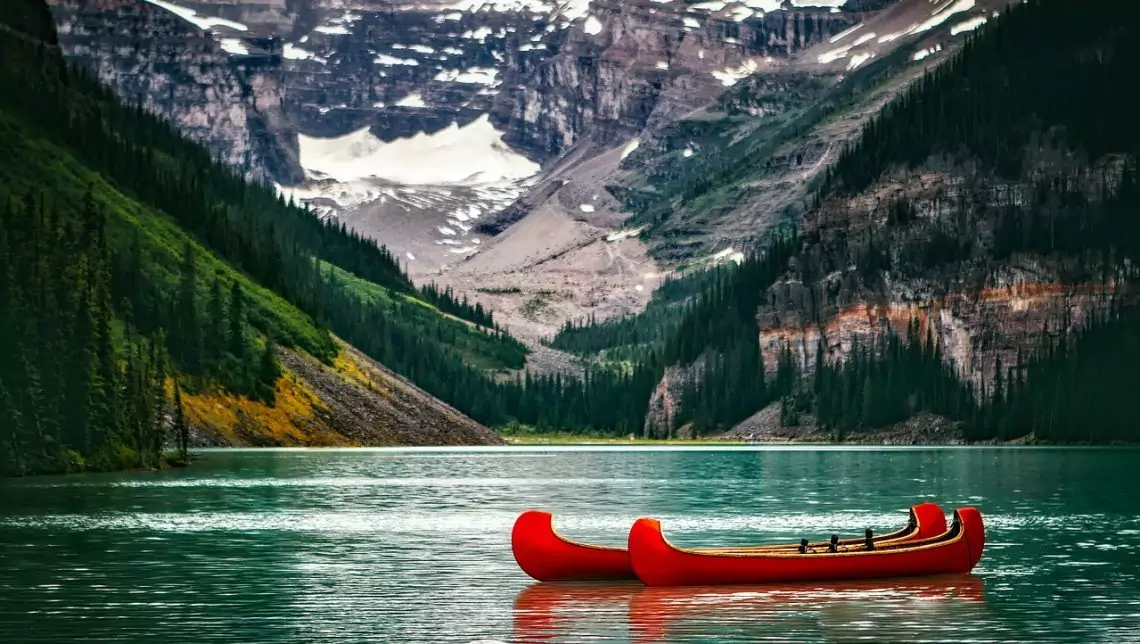
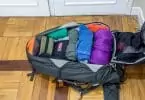
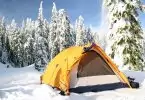
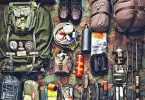


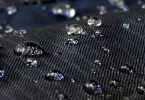
This is great! I love canoeing, and I’m gonna buy the etcetras. They just seem so useful! Are there any canoes I can sleep in so I don’t have to dock for the night? Is this safe?
It may not be safe to sleep in a canoe, nor would it be super comfortable. If you do choose this, however, you should bring your canoe on land so you don’t fall into the water.
I have all these equipment’s and I have gone for so many similar camping events. However, I am in need of buying a new life jacket. Can you suggest me some best products which I can consider?
Try West Marine